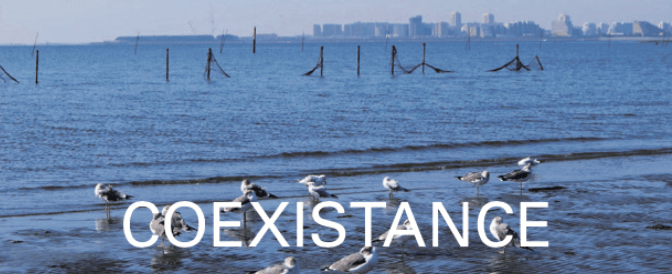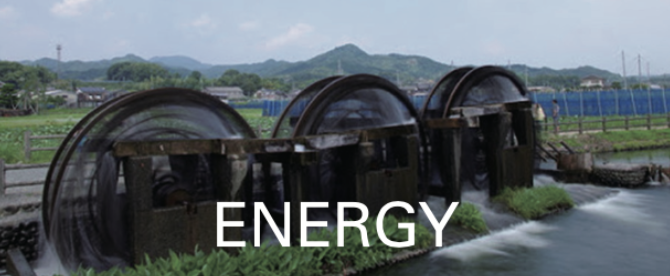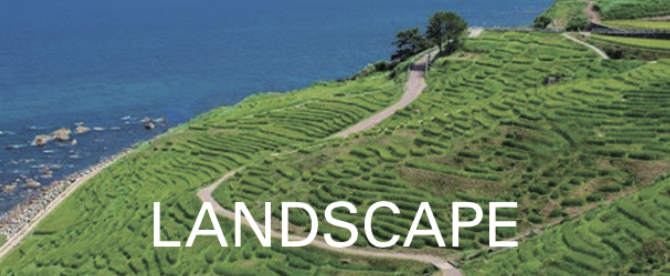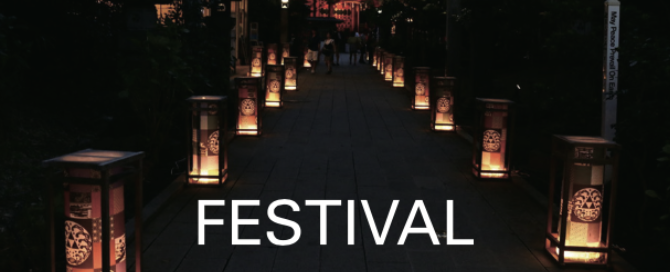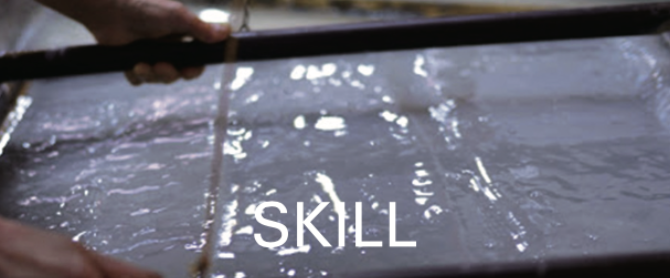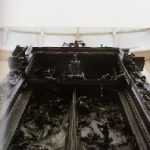
This museum is located on a small hill, and sculptures of famous artists greet visitors on its promenade. The core collection of this museum are modern paintings, mainly Japanese and Western landscapes, including Auguste Rodin (1840 – 1917) a French sculptor, and modern sculptures.
This museum also collects a wide range of excellent art. The collection of the Kanou school, by painters active in the early modern time, is enriched, too. The theme of this collection comes from the characteristics of Shizuoka, blessed with many scenic spots.
You can also fully enjoy the interweaved scenery of natural harbors, mountains and rivers.

Yamato-ga prints, created by Munakata Shiko (1903-1975), express the overflowing vitality of the natural of Aomori prefecture. He was first inspired by the works of Van Gogh(1853-1890) and he started with oil paintings, as a self-taught artist. His true calling came from the Edo period (1603-1868) style of woodcut block print art praised world, as he began using woodcut block print to establish his own point of view. He received world praise for these works. His greatest gift was how he was able to breathe life into the silent stillness of scenery, such as snowscapes.
The museum is adjacent to the Sannai-Maruyama Archaeological Site, an ancient Jomon era settlement. This location provides visitors with a look into the unique art shaped by the distinct local culture.
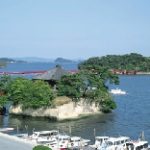
Matsushima is a famous scenic spot which had been described as a place with poetic associations, since the days of Manyoshu, the 8th century anthology of Japanese poetry. On evenings around the time of a full moon, waves are lit and lead by the moon, within about two hours of the start of the moonrise.
The symbol of Matsushima is Godaido, a Hall dedicated to the five Guardian Kings of Buddhism, which is said to have been founded by Sakanoue no Tamuramaro (758 – 811), the first Shogun, Great General. The name came from that Godai Myoo, the five Guardian Kings of Buddhism were enshrined by Jigaku Daishi Ennin (794 – 864), the 3rd head of the Buddhist Tendai sect.
It became also the oldest existing architecture in the Azuchi-Momoyama period (1573 – 1603) in the Tohoku region by Date Masamune (1567 – 1636), Japanese feudal lord, and the founder and the first lord of Sendai Domain.
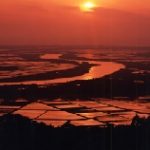
On the Mogami River, the snow accumulated in the vast forest of beech trees and flowed out into a large stream and pours into the Sea of Japan. The Mogami River boating transportation flourished since the Nara period (710 – 794) and continued to support Kyoto, Osaka and Edo. The transportation had continued to supply safflower for dyeing, weaving, and makeup, for which it was the top supplier in Japan during the Edo period (1603 – 1868).
The group of Minamoto no Yoshitsune (1159 – 1189) the famous warrior and direct descendant of the Minamoto clan, went up the river by boat during the Kamakura period (1185 – 1333). Matsuo Basho (1644 – 1694), the most famous poet of the Edo period, went down the river by boat, 500 years later. Their strolls at sunset transcend time and space.
